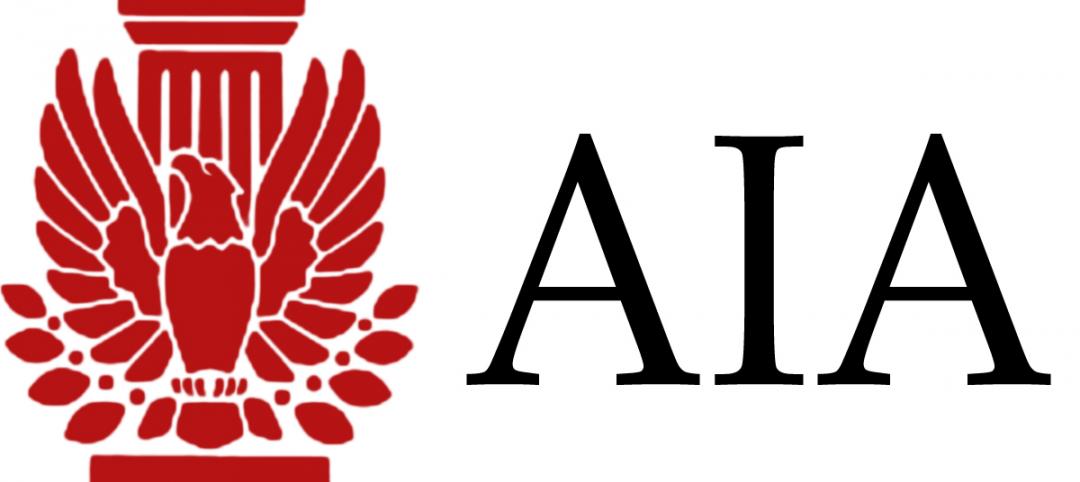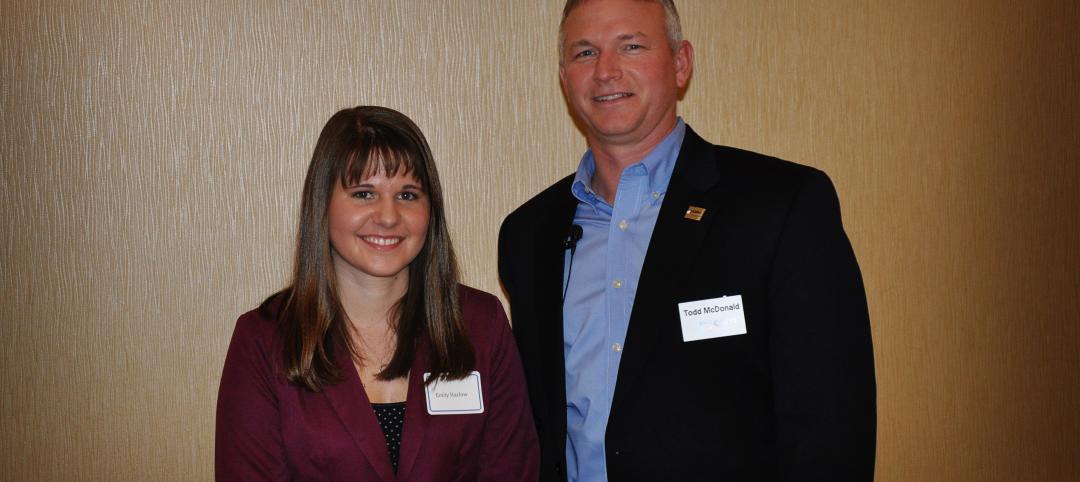During a literary symposium in Beijing last week, Chinese President Xi Jinping read a two-hour speech addressing Chinese architects and artists who have contributed to China’s sizable stock of avant-garde structures.
Architects, along with authors, actors, script writers, and dancers, were urged by the president to not pursue commercial success at the expense of producing work with artistic and moral value, national news agency Xinhua reports. For architects specifically, the president encouraged them not to “engage in weird building.”
In his speech, Jinping said that art should “be like sunshine from the blue sky and the breeze in spring that will inspire minds, warm hearts, cultivate taste, and clean up undesirable work styles.”
He also reminisced how art and literature during his childhood—a period when China was going through the so-called Cultural Revolution—was more respectful to history.
Many news agencies, both Chinese and International, interpreted the president’s speech as a call to more patriotic, socialist, and nationalistic art closer to traditional Chinese aesthetics.
Hong Kong-based news agency Wen Wei Po says it means China won’t have any more da kuzi (“big pants”) in the future, the nickname Chinese Web denizens used for Rem Koolhas’ CCTV building in Beijing.

The Guangzhou Circle. Wikimedia Commons/Amprogetti

The CCTV Building in Beijing has been nicknamed "Big Pants." Wikimedia Commons/Verdgris
Related Stories
| Jan 2, 2013
Trends Report: New facilities enhance the quality of campus life
Colleges and universities are building state-of-the-art student unions, dining halls, and other non-academic buildings to enrich the campus experience, boost enrollment, and stay competitive.
| Jan 2, 2013
M&A activity at U.S. AEC firms up slightly
Total mergers and acquisitions in the AEC industry hit 171 in 2012, up slight from the 169 deals in 2011.
| Jan 2, 2013
Global data center market to ‘slow’ to 14.3% this year
Total global investment in data centers is expected to slow down somewhat this year but still increase at a respectable 14.3%, according to DCD Intelligence.
| Jan 2, 2013
Construction jobs made gains in 2012, even with a slow Q4, says Gilbane report
The construction sector in the nine states with 50% of construction employment was up 169,000 jobs from February to September 2012, following a lost of 137,000 jobs from September 2011 to January 2012.
| Dec 21, 2012
ABI gains for fourth straight month
Positive business conditions for all building sectors.
| Dec 17, 2012
CSM Group names recipient of the CSM Architect Fellowship Grant
With the money from the grant, Harlow has chosen to use it entirely for the Chapter of American Institute of Architecture Student’s Freedom by Design Program at Andrews University.
| Dec 9, 2012
AIA: Laboratory design, building for breakthrough science
To earn 1.0 AIA/CES learning units, study the article carefully and take the exam.














